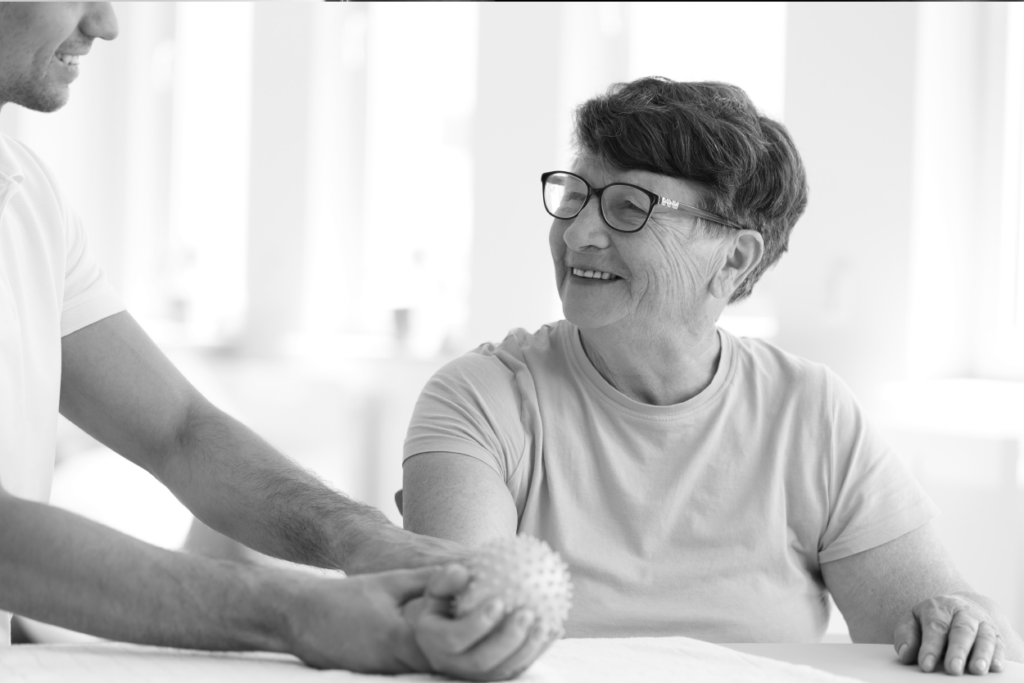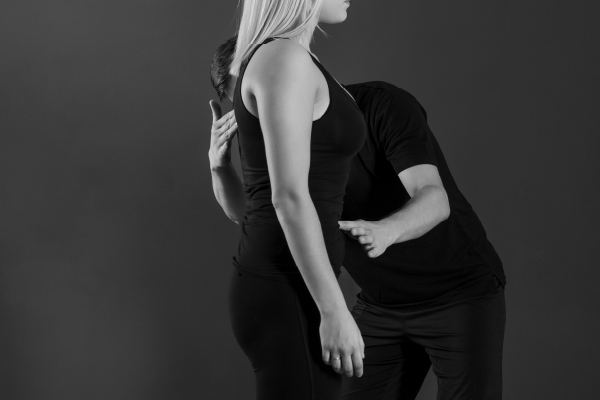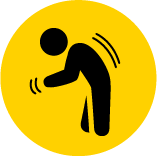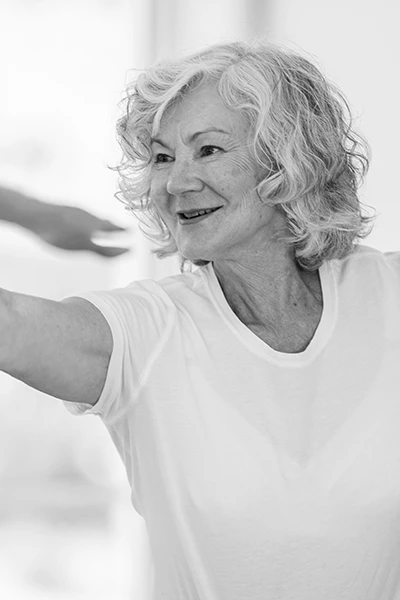Better understanding Parkinson’s Disease
This disease generally begins by a barely perceptible tremor in one hand. This is often the image we have of Parkinson’s but it is more than just that. It is a neurodegenerative disorder which brings on nervous system dysfunction and motor problems. The disease attacks brain cells, notably those producing dopamine, a neurotransmitter responsible for communicating the nerve impulses. This lack of dopamine compromises freedom of movement.
Common symptoms of Parkinson’s Disease
Symptoms of this disease are numerous and worsen or multiply with its development. The early symptoms are trembling while at rest, sleep problems, muscle weakness and decrease in flexibility and facial expressions. It also affects involuntary movements like blinking and extends to digestive and sexual problems as well as to speech difficulties.
What physiotherapists can do to help
Physiotherapists know that Parkinson’s disease is a complex condition and that it is experienced in a different manner by each person. As such, it is their responsibility to begin by listening with intent to understand. Although no known treatment exists yet for this condition, physios are there to help relieve pain and to work at slowing the deterioration of the locomotive system.
- Ease the feeling of muscle rigidity
By applying massotherapy techniques as well as adapted stretching, therapists can contribute to the easing of muscle stiffness and the maintenance of a degree of flexibility for as long as possible. - Provide support in maintaining a stable posture
The typical forward leaning posture of this disease creates imbalance and makes patients more likely to fall. By working towards maintenance of a good posture we reduce the possibility of injury. - Relieve cramping associated with trembling
Spasms and incessant movements can generate muscular fatigue as well as cramps. Physiotherapists can assist you by relieving the pain and discomforts associated with the constant trembling. - Work to improve rapidity and amplitude of movements
Parkinson’s disease brings on slowness of movement, a phenomenon called Bradykinesia, due to difficulty in initiating movements. Thanks to rehabilitation exercises, physiotherapists can aim at improving the amplitude of movements thus maintaining autonomy as long as possible.

















